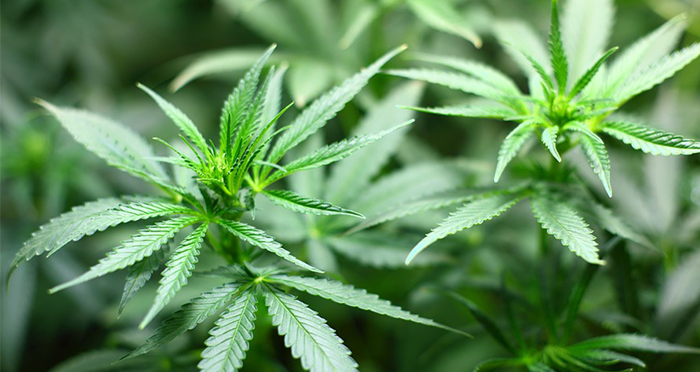Temporary rules provide relief for industry, maintain public health protection. The Oregon Health Authority (OHA) is modifying testing standards for medical and recreational marijuana products with new, temporary rules that balance testing costs for the marijuana industry with public health protection for consumers.
Governor Kate Brown requested agencies to develop the temporary rules so producers and processors can test fewer samples, which is expected to lower costs and create a more efficient process. The temporary rules took effect Friday, December 2.
“The Governor has been clear about the importance of the marijuana industry to Oregon’s economy,” said Jeff Rhoades, marijuana policy adviser, Office of Governor Kate Brown. “This approach keeps Oregonians employed, prevents marijuana product from slipping back into the illegal market, and continues to protect public health and safety.”
OHA is responsible for adopting testing standards for marijuana products that are necessary to protect public health and safety. These standards must take into account how the costs of testing will affect the cost to marijuana consumers.
Highlights of the temporary rules:
Replaces process validation with control study
-Cuts three process validation tests to one control study.
-A processor with a process lot that passes one control study can combine samples into one composite sample, plus a field duplicate for testing, for one year, unless the manufacturing of the product changes.
Removes alcohol-based solvents from testing requirement
-Butanol, propanol and ethanol are removed from solvent analyte list.
Combines some batches for testing
-Samples from multiple batches may be combined for the purposes of testing for THC and CBD if the batches are the same strain.
-Samples from multiple batches, even if different strains, may be combined for the purposes of testing for pesticides if the total weight of the batches does not exceed 10 pounds.
Changes variance for potency testing of edibles
-Increases the amount of homogeneity variance in edible products to plus five percent (+ 5%).
Changes labeling for potency
-The THC and CDB amount required to be on a label must be within plus or minus five percent of the value calculated by the laboratory.
Since OHA permanent testing rules became enforceable on Oct. 1, 2016, the marijuana industry has reported to regulating authorities that testing costs are driving up consumer prices, creating product shortages, and causing some processors to temporarily cease operations and furlough employees.
Oregon labs have notified OHA of a total of 307 samples taken from marijuana products–from dried flower to extracts–that failed for either pesticides, solvents or both since Oct. 1, 2016.
Andre Ourso, manager of the Oregon Medical Marijuana Program at OHA, says he’s confident the temporary emergency rules will immediately alleviate some of the regulatory burden on the industry while still ensuring that cannabis is reasonably safe for consumers and patients.
“OHA understood the difficult situation that cannabis producers and growers were in with regard to the authority’s Oct 1. testing regulations,” Ourso said. “OHA looks forward to working with the Governor’s Office and its sister agencies in developing permanent testing rules in the near future that protect the public from harmful substances, such as illegal pesticides, yet allow for the cannabis industry to succeed in a robust regulatory environment.”
For more information, visit the OHA website at: healthoregon.org/ommp.
Contact Info:
Jonathan Modie, OHA, 971-246-9139, PHD.Communications@state.or.us
Mark Pettinger, OLCC, 503-872-5115, Mark.pettinger@oregon.gov
Chris Pair, Office of Governor Kate Brown, 503-559-5938, Chris.PAIR@oregon.gov




